Use these Warnings from Nature to Avoid Emergencies or Disasters
We all love spending time on the beach or walking up a mountain on a hiking trail. However, we hate it when these excursions are interrupted by rain, hail, or possibly even worse weather. Luckily, there are a few signs that nature can give us that we can use as great indicators to look out for. Below are 20 of the best warnings that nature can offer to help you when you are out and about.
Pay attention to the color of the sky!
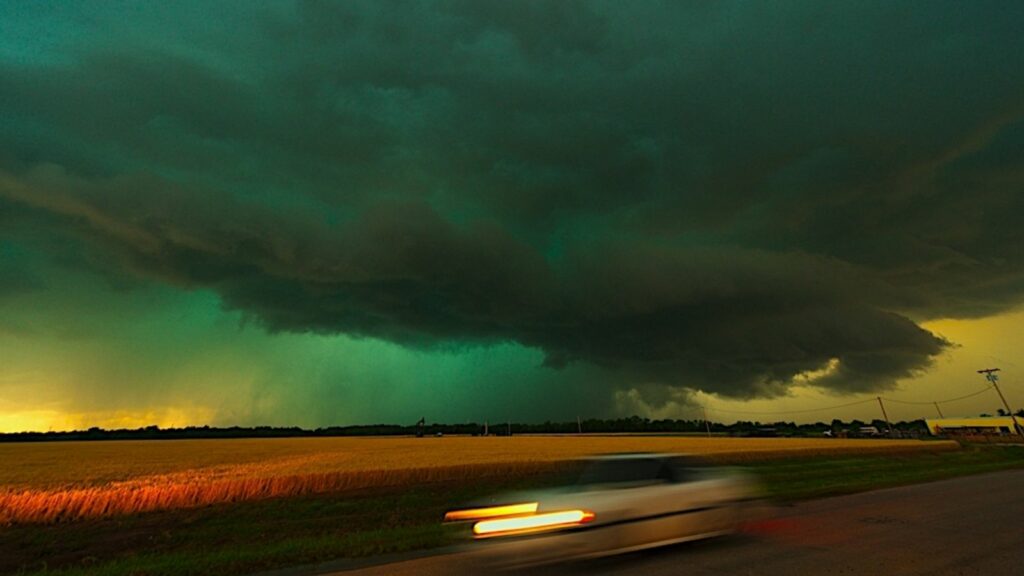
If the sky is looking slightly green, it does not mean that the sky is sick, although it is about to hurl something at you. Green tinges in clouds could indicate a tornado or, more commonly, hail. If you see green clouds approaching, it is best to get indoors and park all your vehicles indoors to avoid any hail damage.
Keep watch for criss-cross waves!
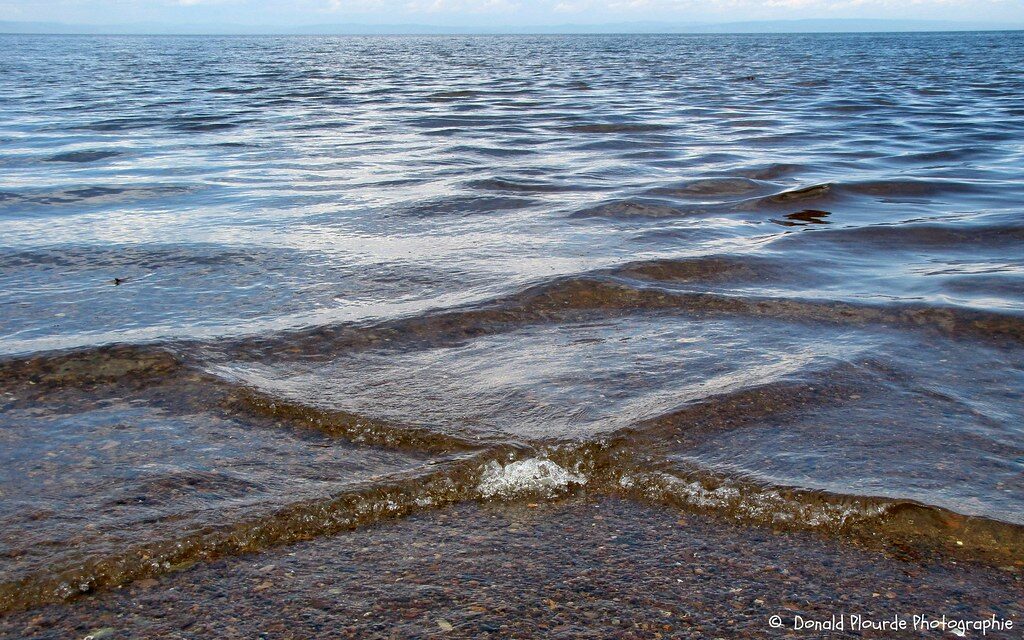
If you are at the beach and you see waves hitting one another from different directions, then it’s best that you stay out of the water. These waves crashing together generally create powerful rip currents that could get hard to get away from. And while these waves may look pretty or even funny, they are a danger that is best to avoid.
Be careful if your sidewalk is shiny!
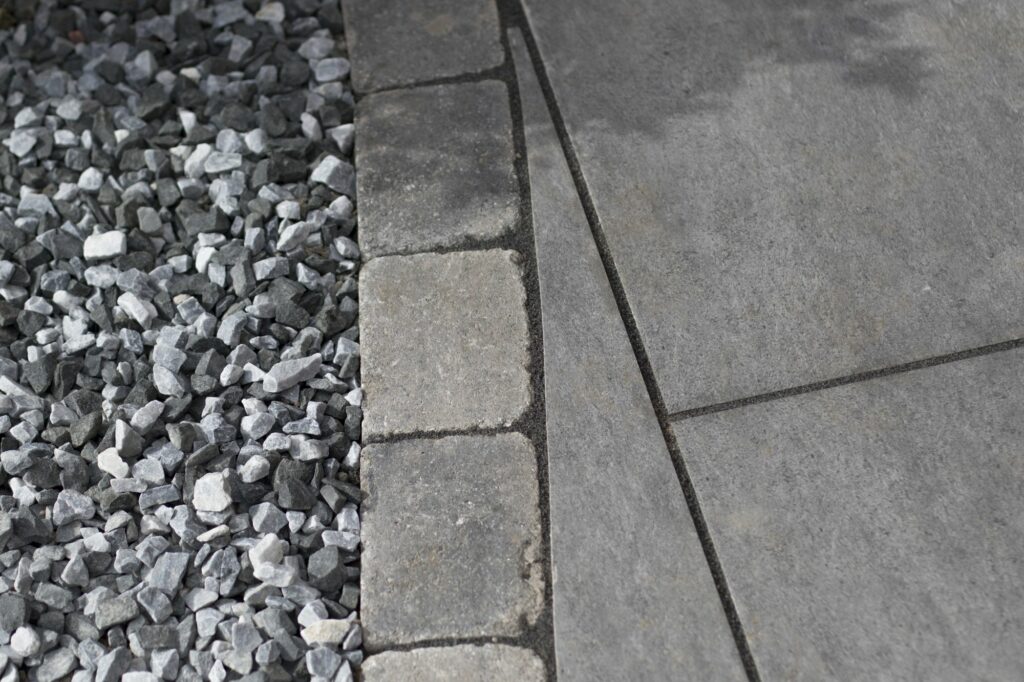
When sidewalks appear to be shining or have a slight gloss, it may be a good indication that you should step very carefully. Glossy sidewalks generally mean that there is some black ice build-up. This ice is incredibly dangerous and could cause cars and people to go sliding into things. So when you see a sheen, perhaps take an alternative route.
Steer clear of bright colors!

If you are spending some time in nature and see animals—especially snakes or amphibians—take note of their coloration. These species tend to have a rule that the more colorful they are, they more poisonous they will be. So if you see any animal with bright colors, instead create a wide berth and try not to get too close.
Be careful of snow cracks!
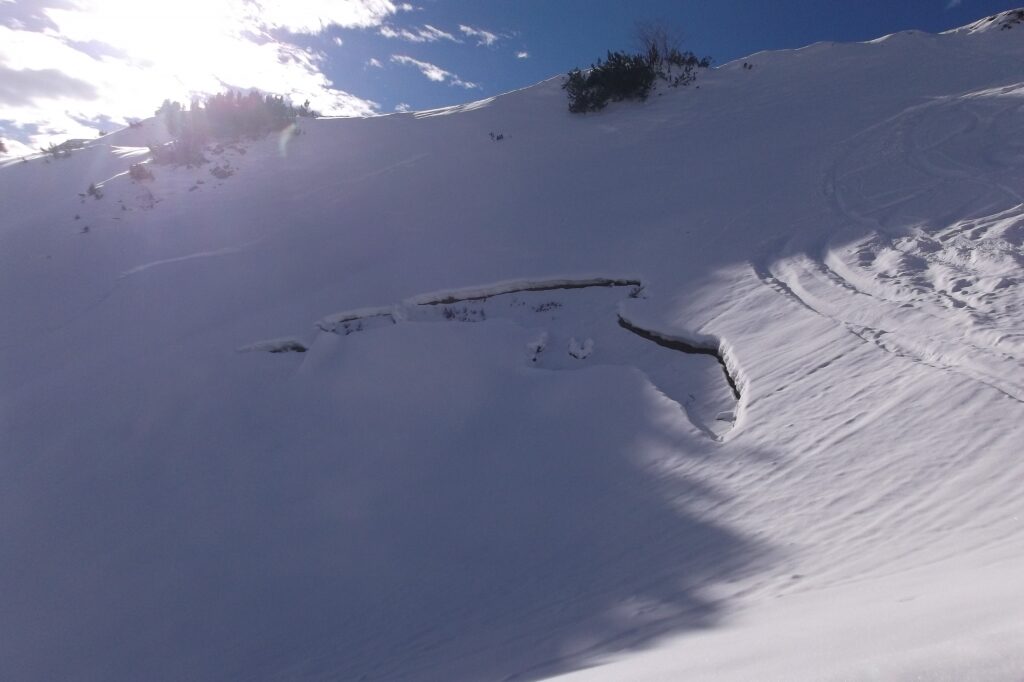
If you are somebody that loves skiing and spending time in the snow, then one of the best things you can watch out for is cracks or hollows in the snow. These cracks can indicate unstable or loose snow, and it would be best for you to avoid these as they could be hiding caverns or valleys—places you do not want to find yourself in.
Pay attention to certain birds!

While there is still a dispute as to how accurate this is, scientists have found that golden-winged warblers are a great indicator as to whether there is a tornado on its way or not. These birds have been found to fly out of the area if they feel an incoming tornado and if you see a group that has hanging around suddenly take flight, then it may be a good idea to check the weather and see if there are any warnings that have been issued.
Look out for hair-tingling experiences!

While it may sound strange, you stand a very high chance of actually getting struck by lightning if you are out in a storm. You can tell if lightning is about to strike nearby thanks to the fact that your hair will naturally begin to feel very static and any jewelry that you are wearing may begin to tingle slightly. If you feel this starting to happen, get indoors immediately and wait a while before venturing out again.
Make note of highly agitated waves!
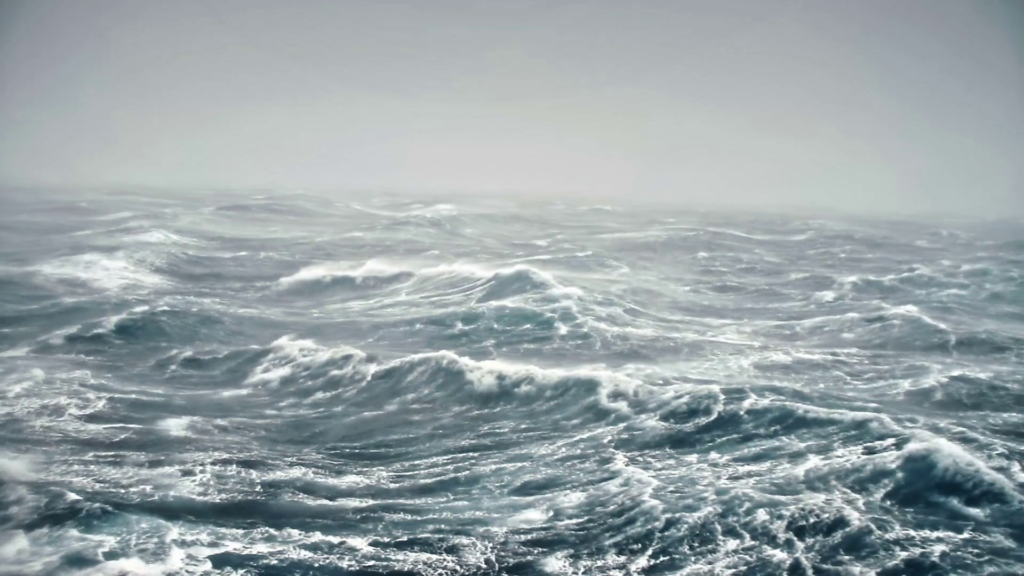
Waves that are slightly more choppy than usual usually mean that there is a rip current underneath the surface of the water. Rip currents can be incredibly dangerous and can easily pull you under or out to sea—no matter how good a swimmer you are. If you see choppy waves, it might be a better idea to stay out of the water until things have calmed down a bit.
Carefully watch the shoreline!
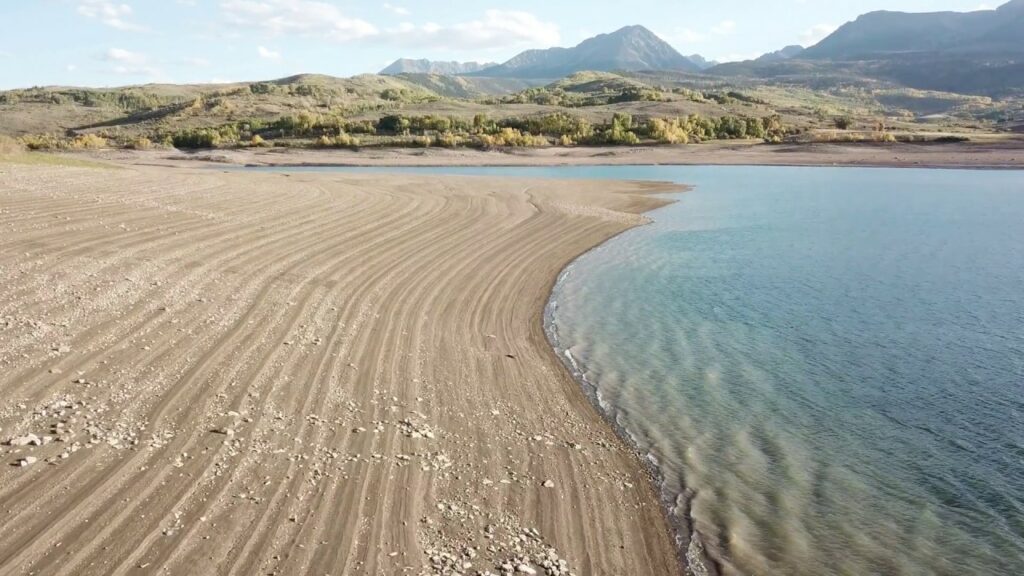
The ocean can give us a great early warning if things are about to get dangerous. Because water needs to fill voids caused by underwater earthquakes, shorelines tend to recede when these occur. It is easy to see if something is about to happen thanks to this receding water, which could herald an incoming Tsunami—the wreckers of havoc and destruction. If you see this, it is a good indication to get out of there quickly.
Watch where the animals are running!
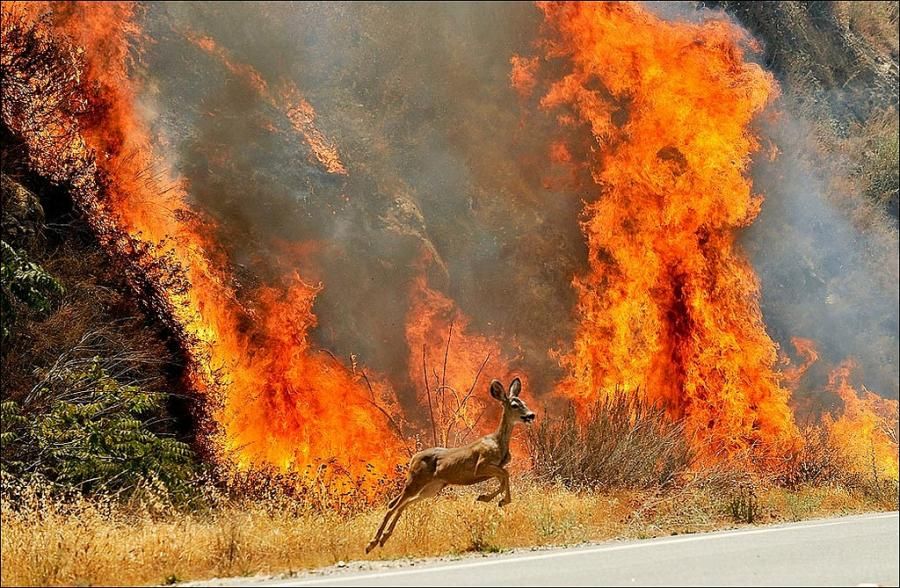
If you live in an area that is prone to wildfires, then the best warning you may be able to have might be seeing which direction the animals are running from. Most animals will hightail it in the other direction if they see a fire starting. And, while the smoke would probably be the best indication that there is a fire, it is important to take note if you see animals running for no visible reason.
Pay attention to large amounts of water!
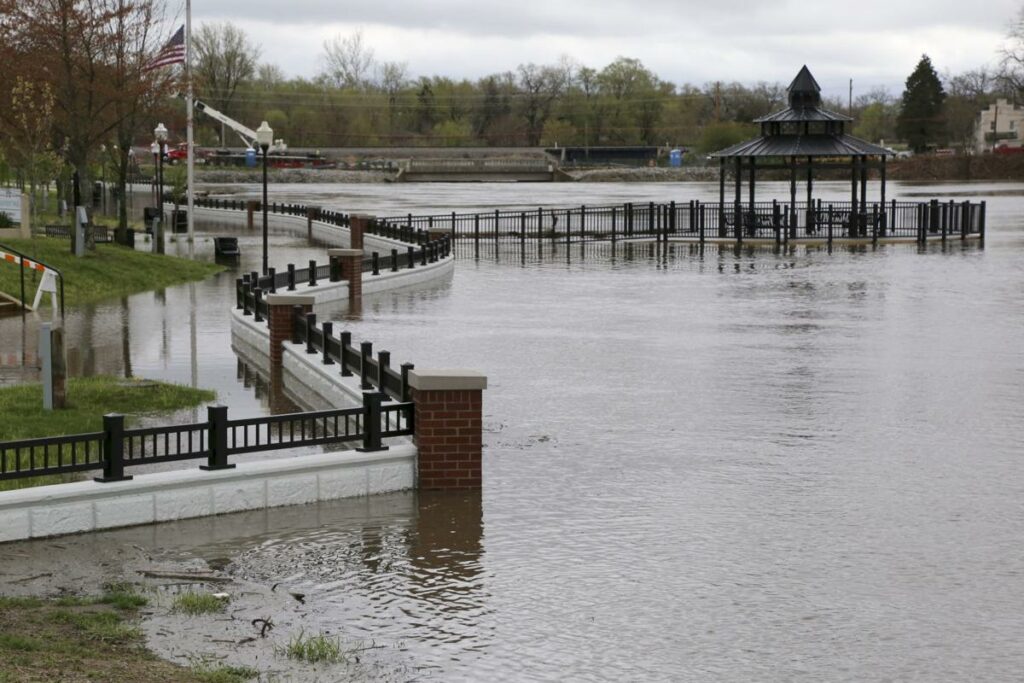
Flash floods are a real danger—mainly because nine times out of ten, they will catch you completely by surprise. If it has been raining a lot in your area, or any area that is higher than where you are, look out for water beginning to pool up (or even the sound of rushing water). These things could signal the approach of a flash flood and could indicate that you better get to higher ground—and fast.
Take note of where your dog is paying attention to!

Dogs are amazing animals that go beyond being just man’s best friend. Scientists have discovered that dogs can actually smell cancer cells. So if your furry friend is suddenly licking or continuously sniffing a certain part of your body, it may be a good idea to go to the doctor and get it checked out.
Take a look at the shape of trees!
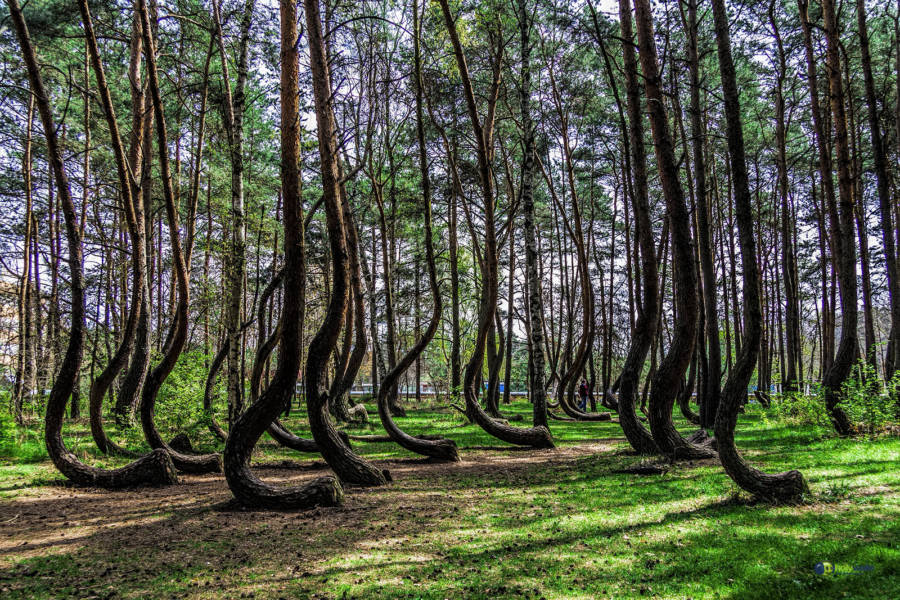
If you are out in the park or on a hike, make sure you’re watching for trees that are growing in the shape of a ‘J.’ These trees naturally grow this way in order to survive if there is a landslide. So if you see these trees, it may be important to keep the fact that the area could be subject to landslides in the back of your mind.
Open your ears to the croaks around you!

While many people may be grossed out by toads and frogs, them singing the song of their people may be a good indication of the weather. Frogs generally love it when it rains, and they tend to become much more vocal when they sense that there is rain approaching. If you hear their croaks more often, it may be a good idea to carry an umbrella.
Listen to the sound of the ocean!
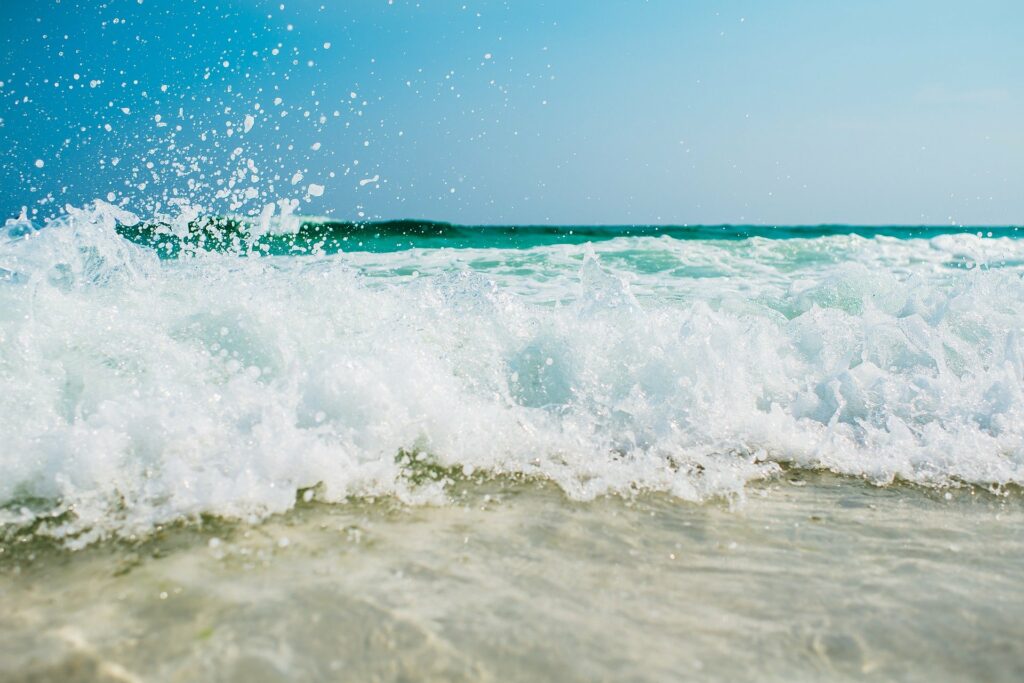
We all love the sound of the ocean. It generally calms us and helps us to relax. However, if you suddenly hear the ocean emitting a deep rumble that is not exactly the same as its usual mellow sound, then it might be a good idea to leave the beach. These deep rumbles sometimes indicate that there is an incoming tsunami—one of natures worst ways of wreaking havoc.
Look out for the moon’s engagement!
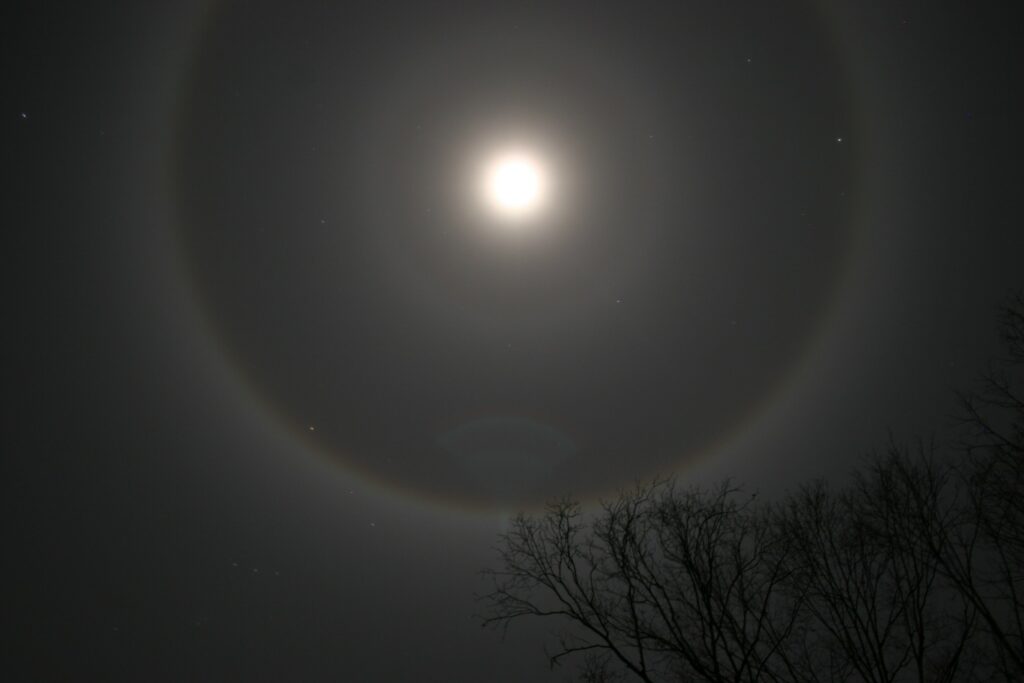
If you have ever seen the moon surrounded by a glowing circle, then you probably get rain on a short time later. These rings are formed by clouds filled with tiny ice crystals that float in the atmosphere. These crystals refract light in the atmosphere and cause the glowing ring and generally indicate that there is a storm approaching.
Watch out when animals are on the move!
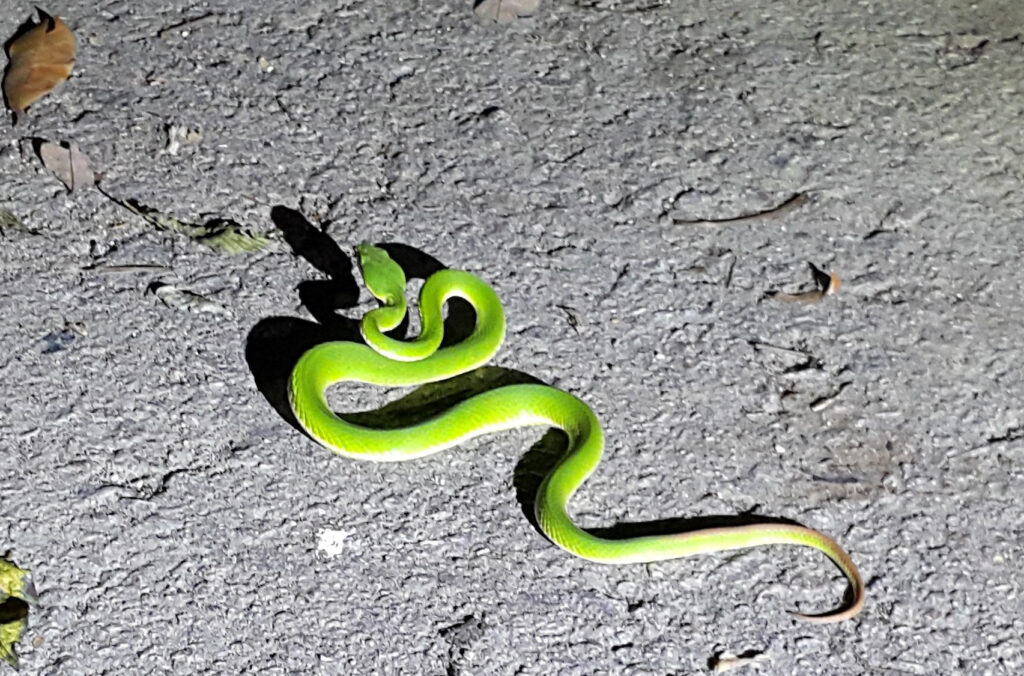
Animals such as rodents, snakes, and insects tend to be able to sense when there is an upcoming earthquake. While they generally do not begin to move in time to give humans a large enough break to make any significant difference, these small warnings can help you prepare for what is about to happen.
Look up at the clouds in the sky!
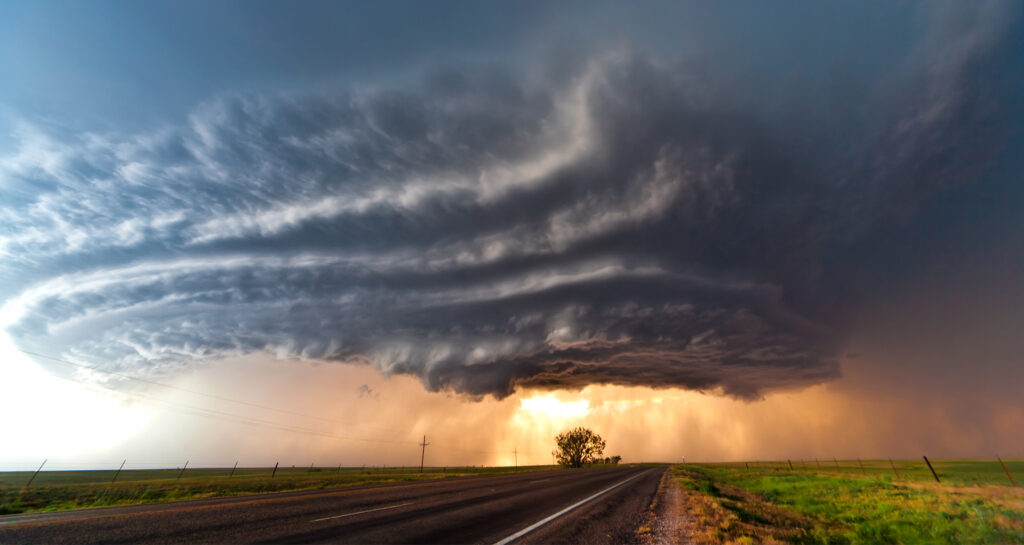
We all like looking at clouds and seeing what shape they are taking on. However, if we see clouds that are starting to form a wall—especially if these clouds are low—we should take notice and maybe get out of the area. These low walls of cloud often herald the possibility of a tornado, which is something that is clear you would want to avoid!
Follow the sharks!

Sharks have a very good sense of large tropical storms and hurricanes. When they can sense that there is one that is approaching, they will generally make a way out of the area as soon as possible. If you are out at sea and see sharks heading in the opposite direction, it might be a great idea to follow them—as contrary to good health as that may seem.
